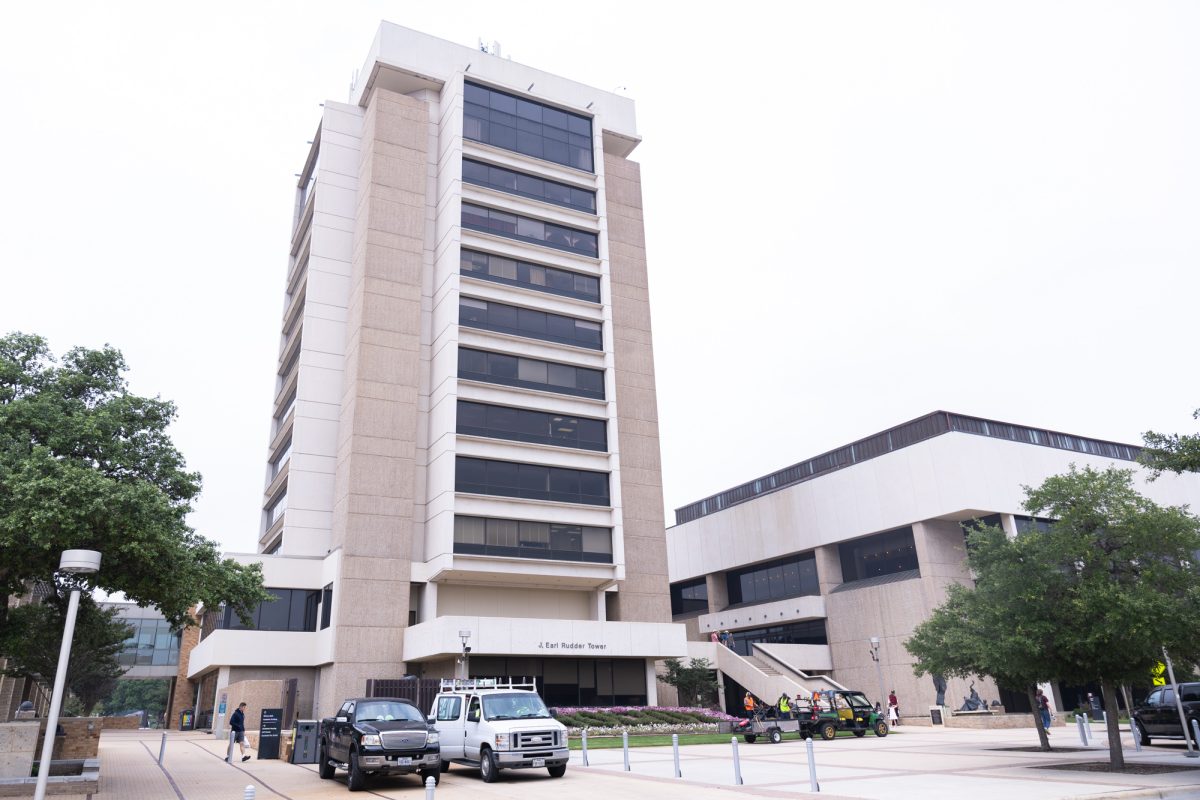The Texas A&M Board of Regents met on Jan. 15 to discuss the University Commission on Diversity, Equity and Inclusion’s report on campus climate.
The commission’s presentation of the report, originally planned for October of last year, consisted of a number of statistics and information gathered from the 45 members of the commission including students, faculty and staff. The diversity report, titled “Stronger Together,” was presented by co-chairs of the commission John Hurtado and Jimmy Williams.
“The data and discussions of the commission show that Texas A&M has reached an inflection point, and it is time for Aggies to do what Aggies do best: lead and serve,” the commission’s executive summary reads. “Our work as a commission revealed that there remains within the Aggie community a strong desire to show bold leadership in support of diversity, equity and inclusion; to commit to improving our campus climate; to trust one another; to have difficult conversations; and to ensure that ALL Aggies are welcome and respected at the school we think so grand.”
Much of what was discussed during the Regents meeting detailed what the board would do to improve campus climate and respond to the findings released in the report.
A key reason for the establishment of the commission and a source of disagreement among the A&M community recently is the Lawrence Sullivan Ross statue located in Academic Plaza. Section VIE. of the report recognizes that although relocating the statue of Ross is not popular among all demographics, the institution must “decide how we want to be perceived, both now and in the future.”
“When Texas A&M rejected segregation and allowed Black and/or African American men and then women to enroll, each decision was controversial and divisive,” the report reads. “Any poll of current and former students at those times would likely look much like the current surveys that have been conducted over the statue. The decisions made by our leaders in those times reflected that the institution was moving and growing in a new direction.”
Although not explicitly stated, this section of the report indicates that the Commission on Diversity, Equity and Inclusion believes altering the statue would signify progress for A&M. Despite this, action by the A&M Board of Regents to this point have not addressed the statue of Ross.
At the conclusion of the meeting, the Regents released a report which includes a budget to address the concerns from their statement on diversity and states their actions moving forward. The budget of nearly $25 million is allocated to different goals to increase diversity. Those allocations are as follows:
- $1.5 million for the expansion of the Student Pipeline
- $7.8 million for the increase of the Regents’ Scholar Program to 93 recipients per year for four years
- $7.5 million for an increase in National Recognition Scholarships to 89 students per year for four years
- $1.6 million to establish Pathways-to-Doctorate Fellowships for 10 students per year for four years
- $5.25 million to grow the ACES Faculty Program by nine faculty per year for four years
- $100,000 for the recognition of outstanding Aggies
- $1 million to establish a task force to study A&M’s history through displays and iconography
During the presentation, interim university President John Junkins said he and university leadership will give attention to the most important or pressing issues facing A&M’s campus. He also stated that their decisions will be made under the umbrella of the Aggie Core Values and the responsibility as a land-grant university to always aim to improve.
“The largest area that we see we need to improve is the demography by increasing the fraction of the African American students that we’re attracting from Texas, and we also want to improve the demography of the faculty,” Junkins said.
The discussion on diversity and inclusion ended with the Board of Regents unanimously voting to improve diversity at A&M. The improvements include the expansion of scholarship funds and a focus on recruiting minorities, both in their student body and staff. The Board of Regents’ official statement included the hope that all members of the Aggie family feel included.
“Based on what we have learned from the Commission’s report, we believe we cannot achieve unity of pride and purpose for all Aggies unless we strive to ensure no Aggie is disrespected, mistreated or excluded,” the regents’ statement said.
Key takeaways from the full report:
- No specific language regarding what should explicitly happen to the statue of Lawrence Sullivan Ross on A&M’s campus is included in the report.
- The report suggests that A&M:
- Examine Aggie traditions and symbols that negatively affect marginalized groups (including the Sul Ross statue).
- Expand the compositional diversity of the university.
- Offer more courses that focus on learning the culture and history of different identities.
- Qualitative data indicates that students from marginalized communities do not feel a sense of belonging at A&M at the same rate as their white peers.
- Black and African American students graduate at a rate 20 percent lower than their white peers. Many peer institutions, like the University of Texas and the University of Florida, do not experience disparities to this extent.
- Metrics for faculty of color from 2015 to 2019 are relatively flat and indicate challenges in recruiting, retention climate and equity.
- A large majority of former students would like to see more visibility around the effort and success of diversity, equity and inclusion initiatives.
To read the full 113-page report click here.
Brady Stone and Myranda Campanella contributed to this report. This is a developing story and will be updated as The Battalion reviews additional information.










